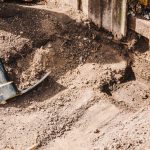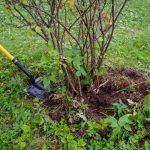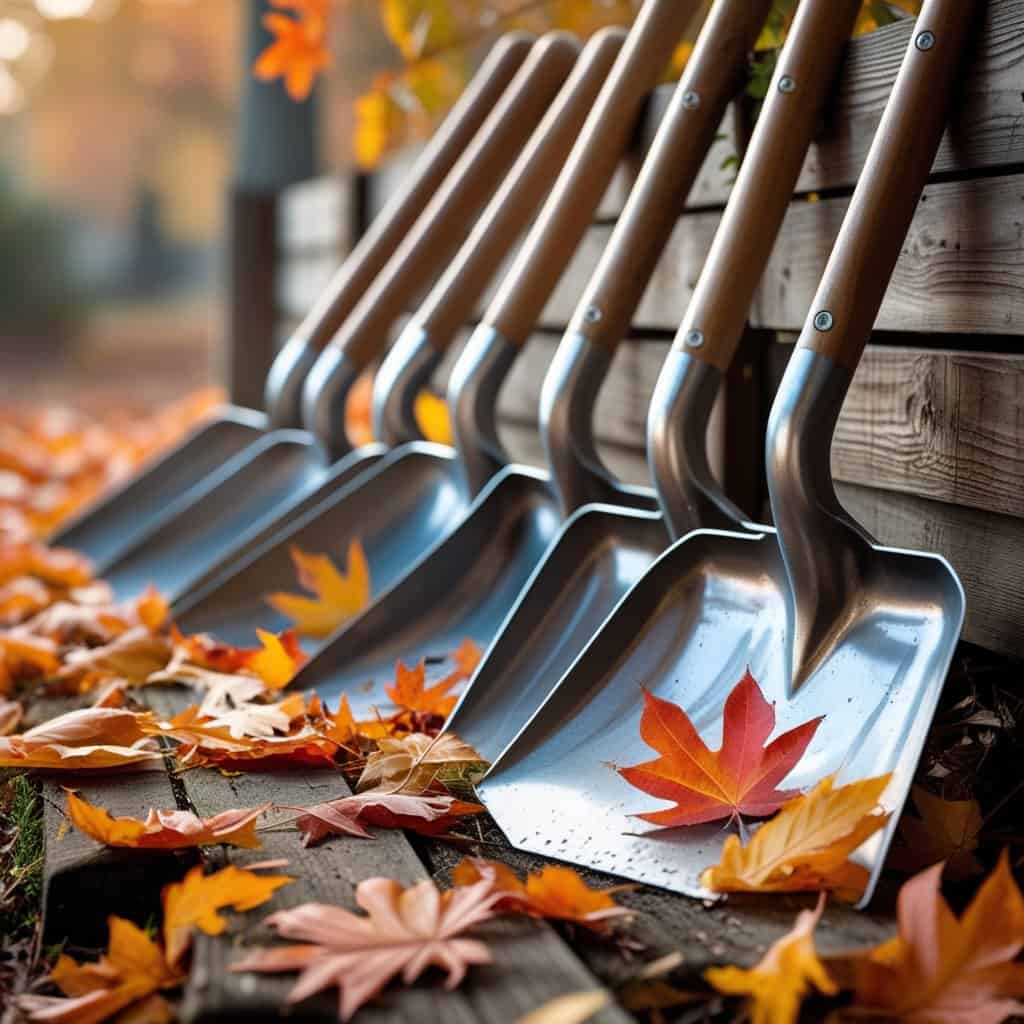Shovels and spades have been around for centuries, but their true origins are a bit of a mystery.
It is believed that the first shovels were simply sticks used to scoop up dirt and debris. However, in times past, they also used these shovels to move heavy objects, such as stones and statues. Over time, these sticks evolved into the metal shovels that we use today.
On the other hand, the spade is thought to have originated in ancient Egypt. The first spades were made from wood and had a metal tip for digging holes in the sand.
Table of Contents
What Exactly Is The Difference Between The Shovel And Spade?
It all has to do with the blade on each and their purpose. The main difference between a spade and a shovel is the blade’s size, shape, and weight.
The Shovel
A shovel is for scooping up large amounts of loose material, such as snow, leaves, or sand. As shovels have a wide, flat blade, it is easy to scoop up large quantities of material. However, as shovels have a wide, flat edge, they are not as effective at cutting through materials such as roots.
Shovels come in various sizes and shapes, but the traditional shovel is not as effective at cutting through tough materials like soil and clay. In addition, shovels are typically heavier than spades making them more challenging to carry and maneuver around your yard or garden. However, the extra weight can also help you generate more force when scooping up materials.
A shovel with a wide blade is also helpful when moving large objects. It will help you generate more force when scooping up things. Lastly, the wide blade is also beneficial when you need to level off a ground area.
The Spade
Like most, you probably think of a spade as a tool to dig holes. A spade has a long, narrow blade about 10 inches wide. The blade is also much thinner than a shovel blade, making it easier to dig through rigid materials like soil and clay.
The sharp edge also makes it easier to cut through roots and other obstacles that you might encounter when digging a hole. In addition, spades are also typically lighter than shovels making them easier to carry and maneuver around your yard or garden. On the other hand, spades are not as effective at leveling off the ground.
Now that the difference between a spade and a shovel’s design is clear, a review to consider some practical uses would be helpful.
Practical Uses For A Spade
- Digging holes: A spade is perfect for digging holes in the garden. The long, narrow blade cuts easily through tough soil and clay.
- Moving heavy objects: If you need to move a large rock or statue, use a spade to help you get the job done. The sharp blade will make it easy to cut through roots and other obstacles.
- Weeding: Weeds can be difficult to remove from the garden, but a spade can make the job easier. The sharp blade will help you cut through the weed’s roots, making it easier to pull it out of the ground.
- Edging: spades are also suitable for edging your garden beds. The sharp blade will help you create a clean and straight edge.
Practical Uses For A Shovel
- Scooping up leaves: If you have a lot of leaves to remove from your yard, then reach for the shovel. The wide, flat blade will make it easy to scoop up large quantities of leaves.
- Shoveling snow: A shovel is also perfect for shoveling snow. The wide blade will help you quickly remove large amounts of snow from your driveway or sidewalk.
- Digging: A shovel is great for digging in the garden. The wide, flat blade makes it easy to scoop up loose soil and mulch.
- Mulching: A shovel is an asset for mulching your garden beds. The wide, flat blade will help you spread mulch evenly across the bed.
Quick Reference Tips For Knowing When To Use One Tool Vs. Another?
Below are a few tips to help you decide:
- If you need to dig a hole, then use a spade. The long, narrow blade is perfect for digging through tough soil and clay.
- If you need to scoop up leaves or snow, use a shovel. The wide, flat blade will make it easy to scoop up large quantities of material.
- If you need to mulch your garden beds, use a spade. The wide, flat blade will help you spread mulch evenly across the bed.
- If you need to cut through plant roots, use a spade. The spades blade will cut through roots.
There are practical uses for both shovels and spades. Whether you need to dig a hole, move heavy objects, or scoop up leaves, these tools will come in handy. So, make sure you have both a shovel and spade on hand for all your needs!
If you are looking for a pickaxe to accompany your spade or shovel read our guide Choose The Right Pickaxe For Your Needs






